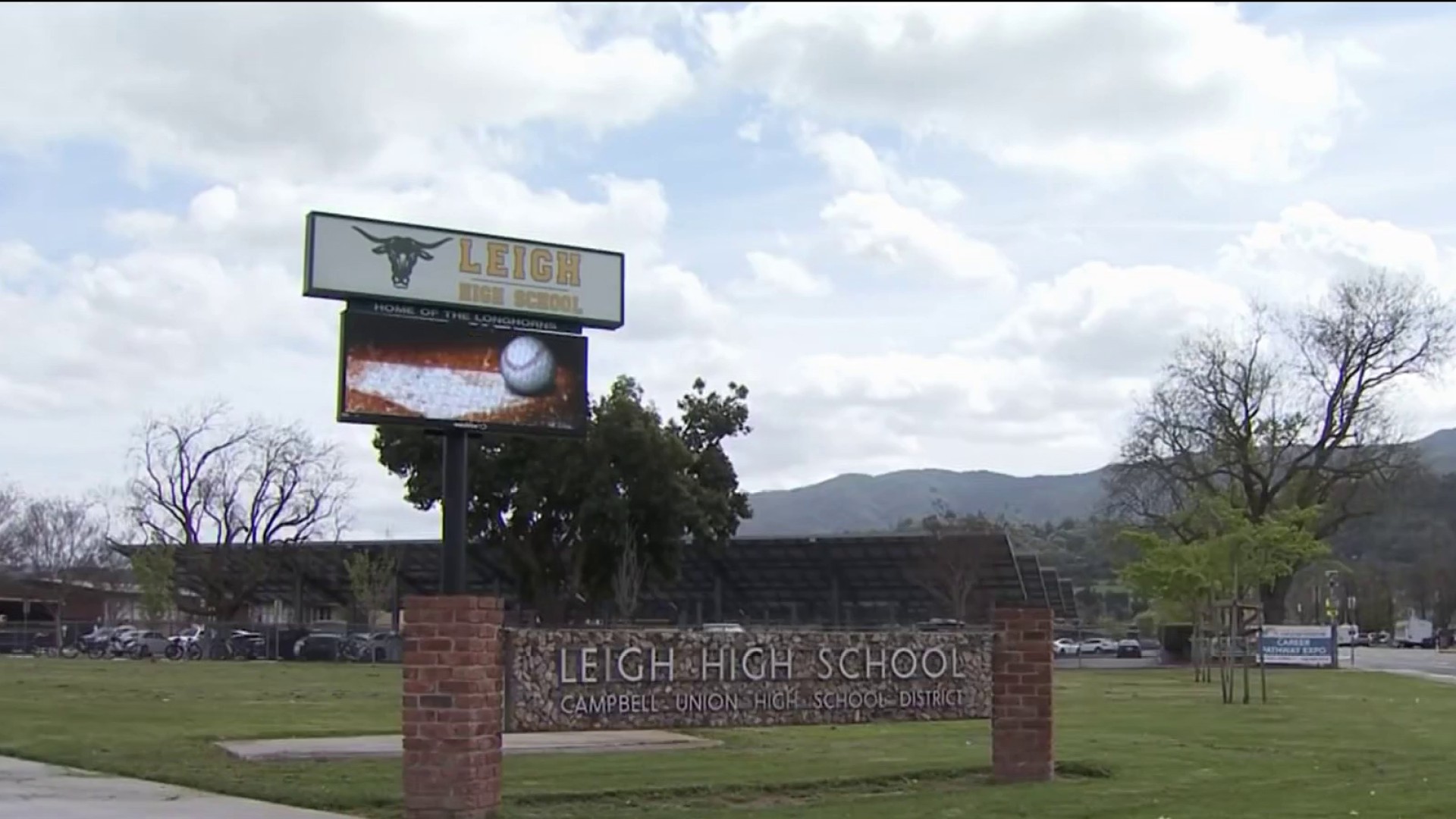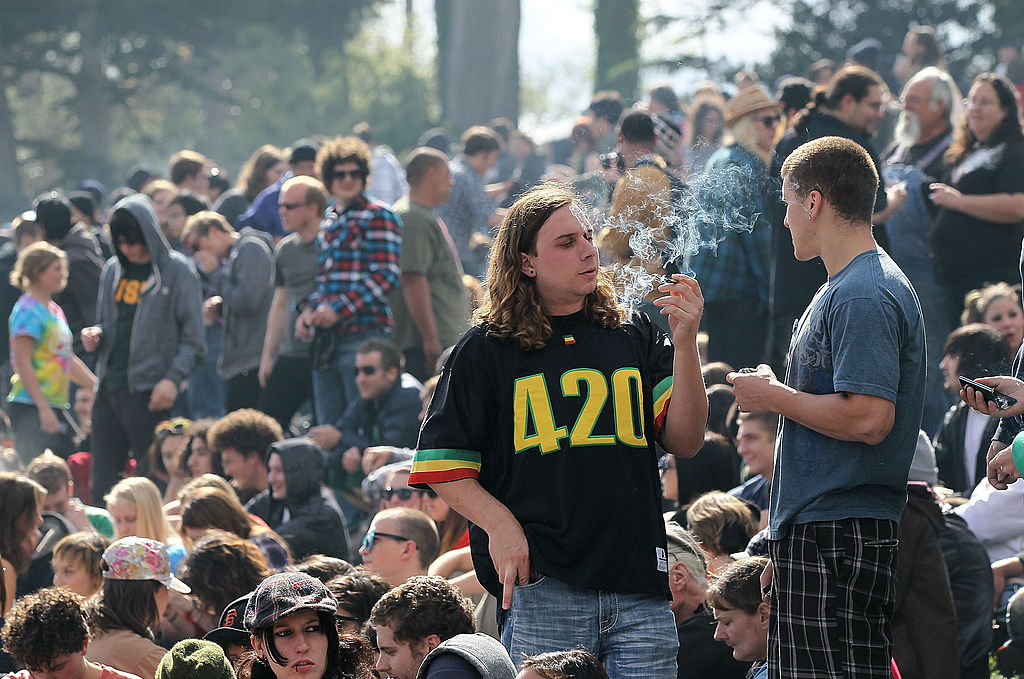One year after a devastating tsunami hit Japan, scientists are busy trying to predict if and when that huge debris field might land on the California coast.
"Can you predict the weather two weeks from now? No. It's like the weather. This is driven by weather," said Menas Kafatos, Dean, Schmid College of Science.
Computer models suggest the debris will continue following the large scale clockwise flow around the North Pacific ocean.
Some of this debris will begin reaching the US West Coast within the next year with higher concentrations recurving back out underneath a region of light winds and high pressure between Hawaii and California.
This region, also home to the "Pacific Ocean Garbage Patch" is a region where waste and ocean debris continues to gather, impacting areas near the Hawaiian Islands.
See animationi below:
Local
The next animation below shows heavier debris and concentration decreasing over time. Debris field is showing signs of becoming more spread out with smaller materials, making it more difficult to track by satellites.
The computer simulation shows the debris field moving within large scale ocean circulation and interacting with smaller eddies in the Western Pacific.
The Japanese tsunami that hit one year ago flooded hundreds of miles along the coast of Japan, killing between 15,000 and 19,000 people.
"Most of the debris came from cities," Kafatos said. "All these costal areas and villages. That will not be radioactive."
NOAA is tracking the debris as best they can and they're asking for help from the public.
If you find anything on the beach that you think may be debris from the tsunami, you can e-mail your report to NOAA. They'd like to see a photo as well.



